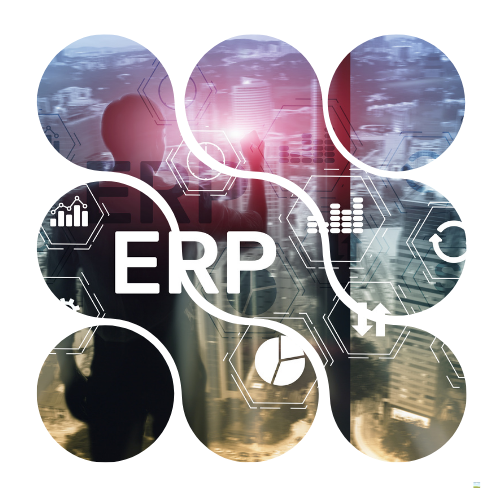Choosing the right ERP solutions in Australia, the smart way
Find the system that fits your business perfectly with practical guidance that simplifies selection, ensures smooth integration, and sets you up for long-term success.

Choosing the right ERP system can feel like picking a needle in a haystack, especially with so many options available. But a well-chosen ERP can transform the way your business runs, keeping everything from finances to operations under one roof.
Whether you are a growing business or an established enterprise, understanding what to look for in ERP solutions in Australia will save you time, money, and headaches down the track. This guide breaks it down into simple, practical steps so you can make a confident decision.

Key features to consider in ERP solutions
When evaluating ERP solutions, knowing exactly which features and capabilities matter most for your specific business needs is essential. Here are some key areas to focus on:
- Core modules: Ensure ERP covers finance, HR, CRM, inventory, and supply chain to reduce errors and streamline operations.
- Customisation and scalability: Choose an ERP that adapts to your growth with flexible modules and easy scaling.
- Reporting and analytics: Gain insights with dashboards, trend analysis, and automated reports for smarter decisions.
- Cloud vs. on-premise: Cloud offers updates and access, while on-premise ensures full control. Pick what suits your needs.
- User experience: Select an intuitive system with simple navigation, strong support, and training for smooth adoption.
Selecting an ERP system with these features ensures your business operations remain efficient, accurate, streamlined, and future-ready. This approach optimises day-to-day processes and positions your business for long-term growth and adaptability.
Integration, implementation, and support considerations
Even the most feature-rich ERP system can fall short if it doesn’t integrate well or if the rollout is messy. Here are some practical points to evaluate:
- Compatibility with existing systems: Ensure ERP integrates smoothly with accounting, e-commerce, and specialised tools to avoid issues.
- Implementation and training: Choose a vendor with a proven rollout process, clear timelines, and proper staff training to prevent delays.
- Ongoing support and updates: Confirm the vendor provides reliable support and regular updates or patches to keep the system current.
- Security and compliance: Ensure ERP follows Australian privacy laws, uses data encryption, and adheres to industry security standards.
- Change management: Engage staff early, communicate clearly, and adopt changes gradually to ease ERP transition and reduce resistance.
A careful approach to integration and support will ensure your ERP system not only works but also becomes a trusted backbone for your business operations.

How COGTEK can help you choose the right ERP solutions in Australia
COGTEK specialises in helping Australian businesses find the best cloud ERP solutions that fit them perfectly. Rather than offering a one-size-fits-all solution, COGTEK evaluates your operational needs, business size, and growth plans to match you with the right system.
With years of experience, COGTEK makes the complex world of ERP simple. From guiding you through feature comparisons to ensuring smooth implementation, their team supports you at every stage. This hands-on approach reduces stress and ensures your investment delivers real results.
Choosing an ERP system is a big decision, but with COGTEK, you have a partner that knows the Australian market and understands the practical challenges businesses face. They help you make an informed choice so your ERP system becomes a true asset rather than a costly experiment.
Choosing the right ERP solutions in Australia
Chat with our team today. Discover practical guidance that helps you select a system that fits your business, integrates smoothly, and supports growth over the long term.
FAQs
Answers to the most frequently asked questions.
How long does it usually take to implement an ERP system?
Implementation timelines vary depending on the size of your business, the complexity of your processes, and the level of customisation required. Small businesses can often be up and running in a few weeks, while larger organisations may need several months for a full rollout. Proper planning and training can significantly reduce delays.
Can existing data be transferred into a new ERP system?
Yes, most modern systems provide tools to migrate data from legacy systems. The process typically involves data cleansing, mapping fields to the new system, and testing to ensure accuracy. Engaging experts early in the process helps prevent errors and ensures a smooth transition.
What happens if the system doesn’t meet business needs after implementation?
A flexible system allows for adjustments through additional modules, configuration changes, or updates. Many providers offer support packages to help businesses optimise performance post-implementation. Regular reviews and feedback from staff can also highlight areas for improvement.
